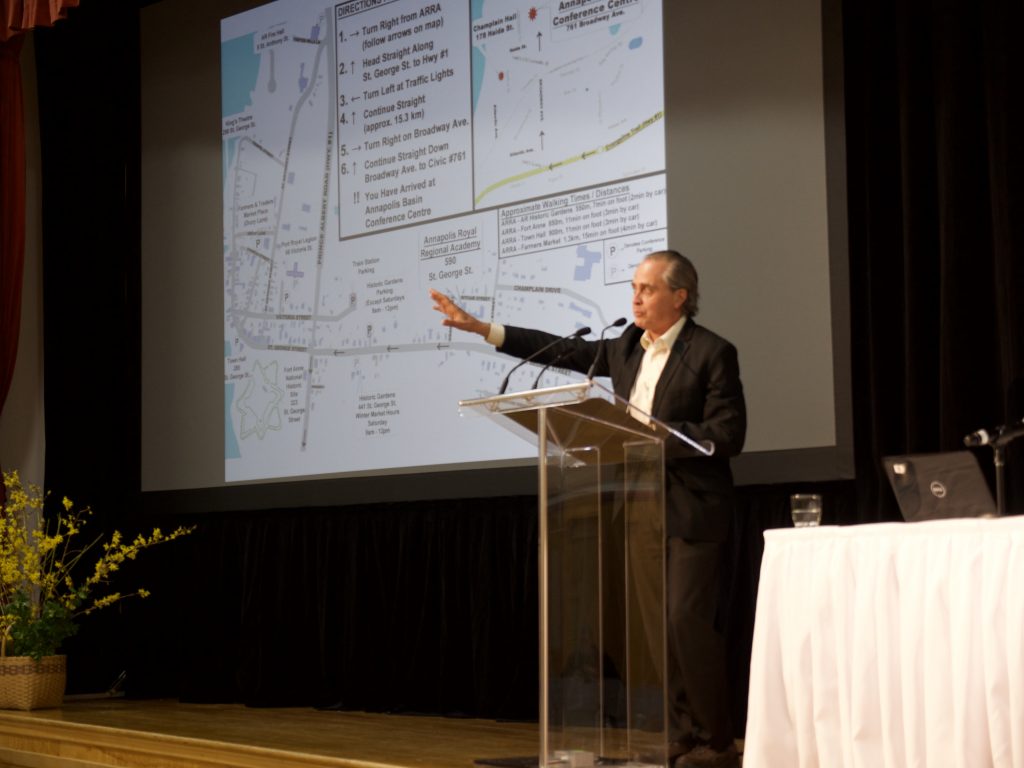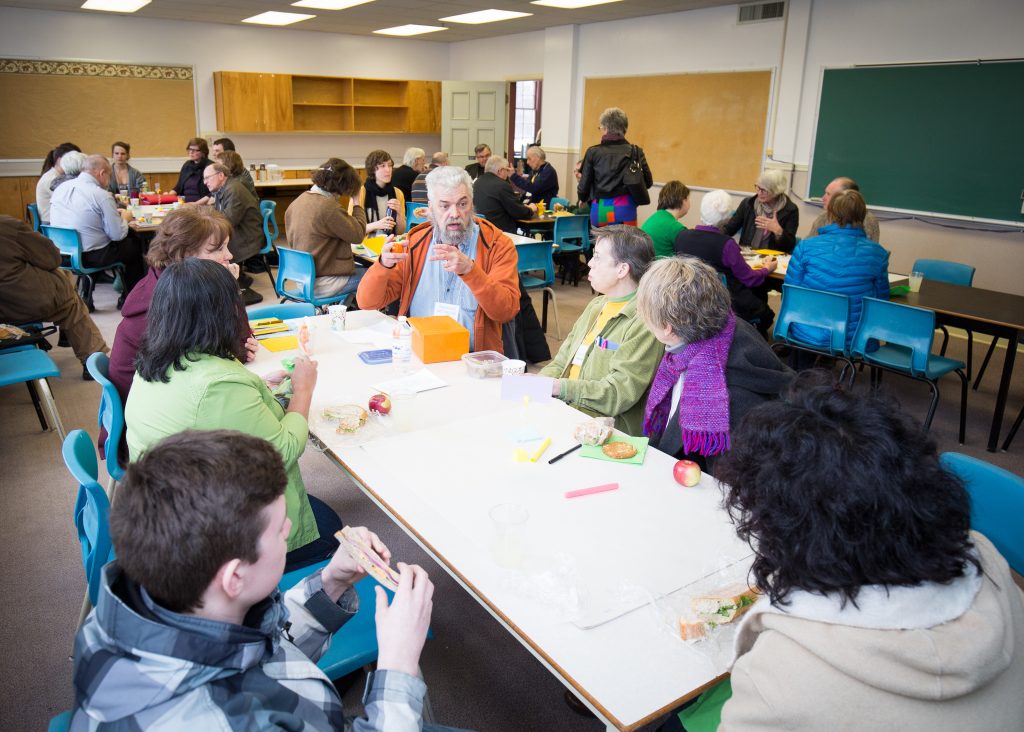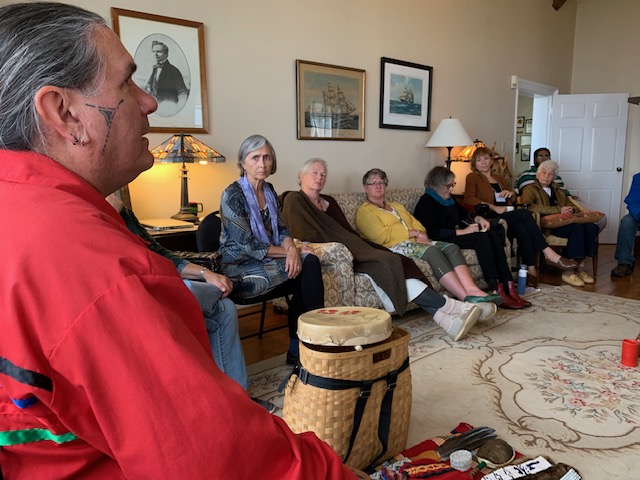About Us

The Centre for Local Prosperity initiates conversations intended to encourage communities to begin a shift toward an economy that is properly scaled for the place. It is our hope that such a dialogue will result in real action for change by creating a new climate for change.
The Centre for Local Prosperity takes pride in working alongside community groups, businesses and governments to identify opportunities and assess the risks in making the shift to a new economy. The Centre holds workshops, conferences, and targeted discussions on topics as far ranging as local currency, climate-change, restorative business modeling, living wage, affordable and efficient housing, local energy production, food & community hubs, entrepreneurial start-ups, transportation, arts & culture and social and economic justice.
Because these issues affect all demographic groups, we have developed an inclusive approach to facilitating change. We are particularly receptive to the input and guidance of First Nations and women. Historically, their perspectives have been unrepresented in organizations focused on systemic change. In addition, because the Centre is future-focused, it works with youth to ensure they have an opportunity to have their concerns heard and develop their leadership skills.
Over time, we envision the crafting of a new narrative that invites a balance between a culture of economic development and the preservation and restoration of natural systems.
History demonstrates that vision without enlightened action is destined to lie fallow. Our hope is to discover an older grace and intelligence that binds us together in ways we could never have imagined. Once discovered it becomes the new social, economic and political narrative that restores the commons, elevates the notion of fairness, and sets a higher standard by which all progress is to be measured.
Our Strategic Framework

Our Long-Term Vision
We envision resilient, abundant, confident, and caring local communities, with people who have the desire and capacity to learn, engage, and invest.
Our Mission or Purpose
At the CLP, we… Gather and share inspiring local stories of resilience and prosperity, Convene gatherings for meaningful, sometimes difficult, conversations, and Catalyse new initiatives through education and advocacy.
Our 3-Year Priority Outcomes
- People have embraced a new way of thinking about prosperity , and are using a new economic language
- Difficult conversations are happening, people are being inspired, invigorated, and are holding a new sense of confidence about prosperity
- The economic, social, and environmental evidence for a new approach has been clearly established

Concepts to Guide Us
We Deeply Value…
- Authenticity
- Diversity in all its manifestations
- Basic, fundamental rights, principles & beliefs
We Believe That…
- We have immense primary wealth in our people, our relationships, our land
- Human beings are inherently resourceful
- Local people own the power to create positive change
- Local communities are inherently valuable and critically important
Our Key Design Principles…
- Value all voices, all stories equally
- Encourage meaningful, sometimes difficult, conversations
- Bring together people who have done things that have worked
- Empower communities to take ownership for addressing their challenges
What is a New Economic Model?
A new model for community economy is rapidly being defined around the world. It begins with the key word – ‘localization’. It then spreads to localization of various aspects of the economy, economic infrastructure, community governance and citizen engagement.
Two cornerstone tenants of the New Economic Model are ‘locally-owned’ and ‘import replacement.’ Countless studies have shown the greater impacts of business generated by locally-owned businesses compared to those owned from afar. Import replacement strategy begins with businesses which can locally produce goods and services that are currently being imported into the area. Import replacement is a powerful way to stem the economic ‘leakage’ out of many local economies, which usually leads to export of those goods and services to other areas.
The New Economy is characterized by community supported industries that are often driven by community ‘purpose’ rather that bottom-line profit. Blossoming out of the local food movement, it is growing to include multiple kinds of local production to meet local needs. New ownership models – including consumer and producer coops, the Mondragon cooperatives of Spain, the northern Italian flexible manufacturing networks, employee stock ownership plans (ESOPs), and multiple-stakeholder ownership – turn hired labor into co-owners.
The rights to ocean harvests, good soil, fresh water, minerals and fossil fuels – our common heritage to the natural world – should be held in a commons and allocated via a social contract based on ecological principles. The rent paid for use of the commons is then shared for community benefit. Community land trusts are a bold new format gaining momentum in our region as one way to support and maintain a long-term future for the commons.
Public and community banks, place-based investment initiatives, and other forms of social investment in which lenders know their borrowers are promoting long-term sustainable development rather than short-term gain. Local complementary currencies represent a democratization of currency issue, supporting local businesses and educating consumers about how their money circulates in the local economy.
Growth in a New Economy will depend not on unfettered production and consumption of more stuff but rather on smaller-batch regional production as one way to create more jobs and foster a much broader diversity of skills. Achieving this kind of “deep” growth will necessitate both technology appropriate in scale and local skills training – often referred to as place-based education. There is a considerable, perhaps primary, role for individual household economy in this effort. Mutual support systems, the elegance of simplicity, the richness of community, living within the bounds and bounty of a bioregion, shorter work weeks – these are all elements of a new model.
Through deliberative democracy and other alternative models of participation and decision-making, governments are being encouraged to enact policies that support local production, direct investment, cooperative ownership, and land use municipal planning strategies (MPS) rooted in the principles of ecology and governed by the ‘precautionary principle.’ Some governments are responding to and supporting the wisdom and practicality of the New Economy by introducing methods for measuring well-being instead of merely measuring growth.
Engaged, caring and locally committed citizens are the point of beginning for the New Economy. A New Economy is built on affection for a particular place and for the people living and working in that place. A New Economy insists that people, land, air, water, and animals are equally respected. The sense of community and its cohesion is the greatest and most enduring source of wealth.
A Word from our Senior Advisor and Co-Founder Gregory Heming
The role of municipal government is to find common ground – often within a particular geographical location – between those wishing to organize a society based on mutual aid, caring and cooperation….and those who, for whatever reason (or life story), come at all of this from a different point of view (often times a selfish, angry, bad luck-in-life, illness driven point of view). My math skills lead me to conclude that any “new society” will contain a mix of those who care and some who don’t – those that cooperate successfully, and those who are inexplicable driven by a competitive spirit that runs deep; those born just in the nick of time, and those born at the wrong time. A municipal council is entrusted to design and fully express an organizational structure, a form of debate, that chips away (slowly it always seems) at all these differences. Over time, a community begins to unveil itself and its economy (often times these are one and the same) and a morality that was inherently there all the time: a cultural community sculpted from local stones that have been lying around for a long time. Writer Wallace Stegner once wrote, “Culture is a pyramid to which all of us brings a stone.” And to be fully transparent he also penned, “It’s easier to die than to move … at least for the Other Side you don’t need trunks.” The end product of my point of view is, of course, that we have little idea of what a community’s future will look like. Visionaries are by their very nature and by necessity not good at detail. Darn it. A better sense of the future is most always to be found very close to the ground – in the weeds. Or it is found in some other place, some other system, some other economy and brought home, in part or in whole, to roost. It is the later that fascinates me the most (and is at the core of Centre for Local Prosperity): creating a safe place for a conversation between different individuals and their ideas and experiences. A resilient community welcomes imported ideas. Then the hard work begins. A community must find the resources, energy, political system, to reshape ‘imported ideas’ to a scale and a “rightness” that fits the place. And with all this said, we would be well suited to acknowledge another snippet from Stegner, “Civilizations grow and change and decline, they are not remade.”
A short documentary, Not Beyond Hope, has been produced on Gregory’s experiences over 8 years as Councillor for District 5 in Annapolis County, Nova Scotia, and his views on local governance in our climate-altered times.

